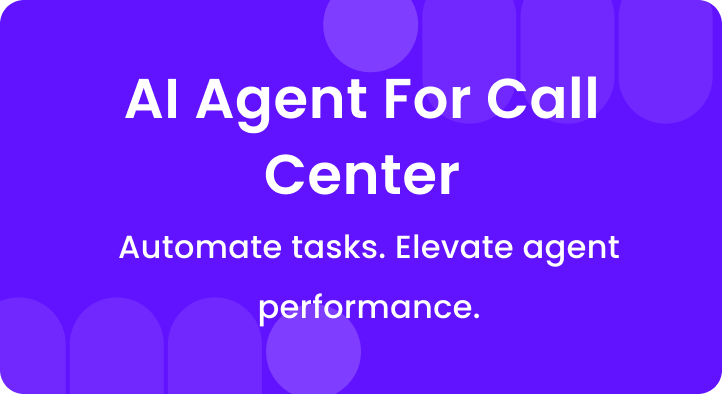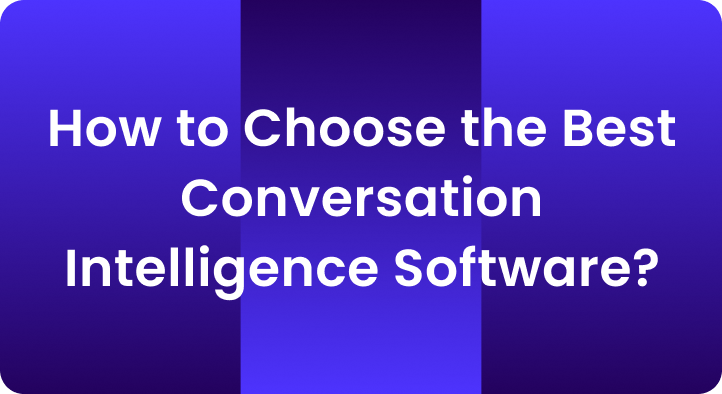Whether you’re a startup, SMB, or large enterprise, your customers are the backbone of your business.
Therefore, building long-lasting relationships with them and providing exceptional customer service is vital to run and sustain a successful business.
According to a recent HubSpot Research, “93% of customers are likely to make repeat purchases with companies who offer excellent customer service.”
Building a strong relationship based on trust and good communication makes your customers feel secure and connected to your brand.
This leads to higher customer retention and more repeat purchases.
But building positive relationships with customers requires effective communication and an understanding of their problems, wants, needs, tastes, preferences, and more.
Fortunately, there are now a plethora of techniques and technologies that you can deploy within your contact center to examine, evaluate, and understand various factors that affect your business’ target customers.
In today’s article, we’re going to discuss one such technique: post call analysis.
Discover what post call analysis is, its importance, the difference between pre-call and post call analysis, and the best software to implement it effectively.
A. What is post call analysis in a contact center?
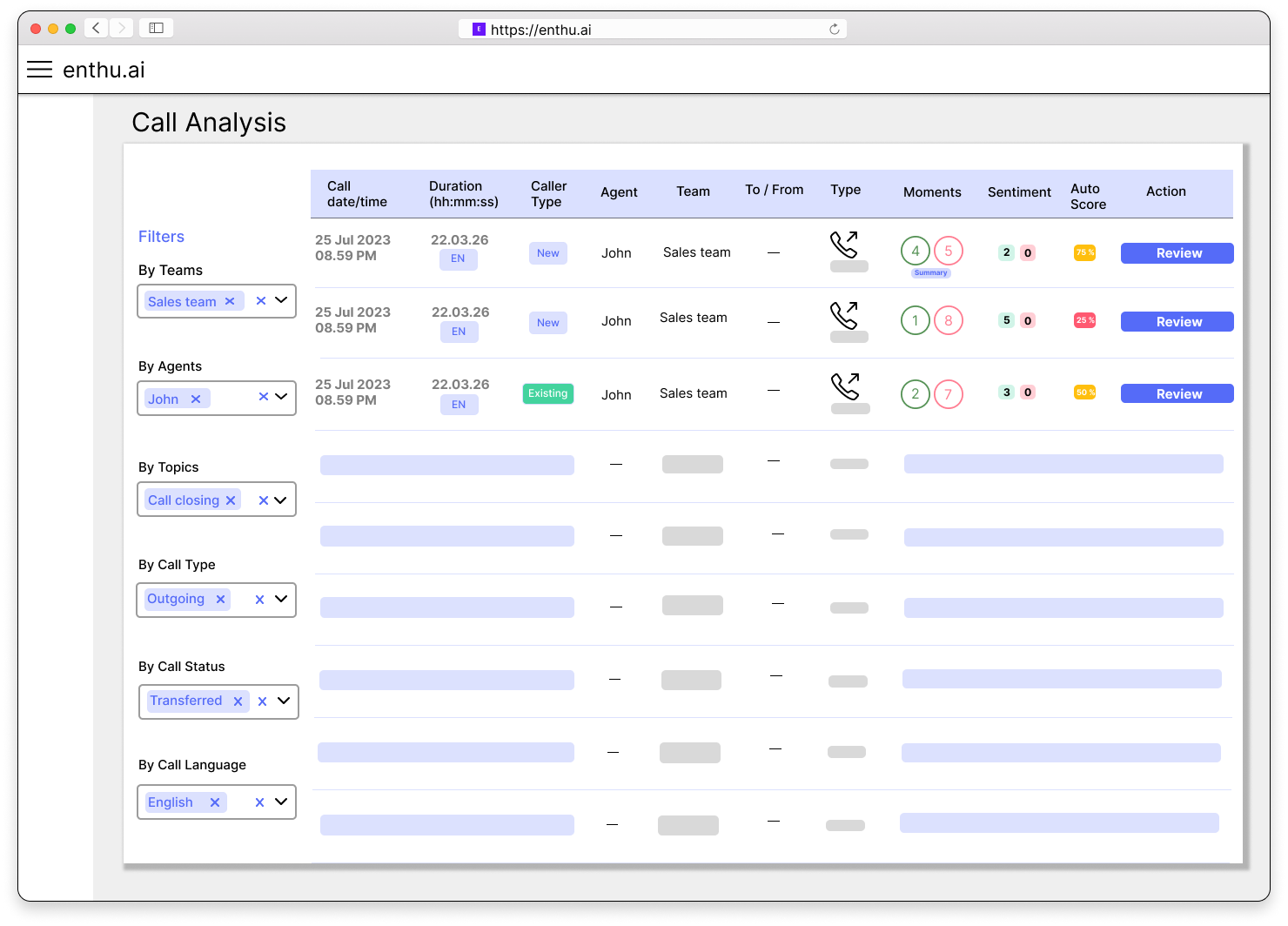
Post-call analysis is the process of reviewing a call to evaluate agent performance and customer interaction, focusing on aspects like communication, issue resolution, tone, compliance, and adherence to guidelines.
With after call analysis, you can automatically process and analyze all your call recordings.
This means you no longer need to manually listen to calls, which used to cover only 1-5% of interactions.
Now, you can review 100% of your calls, ensuring no insights are missed and your team’s time is used efficiently.
Here’s how it works:
- Data collection: Call recordings and related information are stored securely in a central database for analysis.
- Call monitoring: Recorded calls are reviewed to understand customers and assess agent performance.
- Data preprocessing: Raw audio is converted to text using automatic speech recognition (ASR) technology. The text is then cleaned and prepared for analysis.
- Sentiment analysis: Natural language processing (NLP) algorithms assess customer sentiment during the call, identifying emotions like satisfaction or frustration.
- Extraction of key performance indicators (KPIs): Relevant metrics like call duration, hold time, and transfer frequency are extracted to assess agent performance.
- Identification of trends: Machine learning algorithms analyze extensive data sets to detect recurring patterns and emerging issues.
- Root cause analysis: The system identifies underlying reasons for common issues or complaints by scrutinizing conversation content and context.
- Reporting and visualization: Detailed reports and visual representations are generated, offering real-time insights and actionable suggestions for enhancing customer service.
By examining data such as call duration, customer sentiment, and agent performance, valuable patterns and trends can be uncovered.
This approach helps pinpoint areas needing improvement, gauge KPIs, and make well-informed decisions to elevate customer experiences.
B. What is the difference between pre-call and post call analysis?
Pre call analysis focuses on preparing for a call. This involves:
- Researching the customer’s history,
- Understanding their previous interactions,
- And planning the approach for the call
It aims to equip the agent with the necessary information to handle the call effectively and meet the customer’s needs.
Post call analysis, on the other hand, takes place after the call. It involves:
- Reviewing the interaction to evaluate performance,
- And identify areas for improvement
The key differences are:
| Pre-call analysis | Post-call analysis | |
Timing |
|
|
Purpose |
|
|
| Activities |
|
|
C. The crucial role of post-call analysis in enhancing customer engagement
Introducing post call analytics into your contact center can help you dramatically improve customer experience in your operations.
Let’s explore how post call analytics can improve your customer service results.
1. Boosting customer satisfaction
Imagine you’re a contact center intelligence that strives to elevate your customer experience.
With post call analytics, you can delve deep into customer sentiments after every call.
This powerful tool helps you spot patterns of dissatisfaction, track improvements over time, and swiftly address recurring issues.
By taking proactive steps to resolve customer concerns, you enhance satisfaction and foster stronger loyalty.
Listening attentively to customer feedback and acting on insights gained can allow your agents to tailor your services effectively, ensuring each interaction leaves customers happier and more satisfied than before.

2. Automating the quality assurance process
To enhance customer experiences at your call center, think about integrating post-call analytics.
This tool allows you to automate quality checks by reviewing call interactions, identifying compliance concerns, and assessing how well agents meet performance standards.
Post-call analysis guarantees that every customer interaction is managed uniformly and proficiently, boosting satisfaction and loyalty.
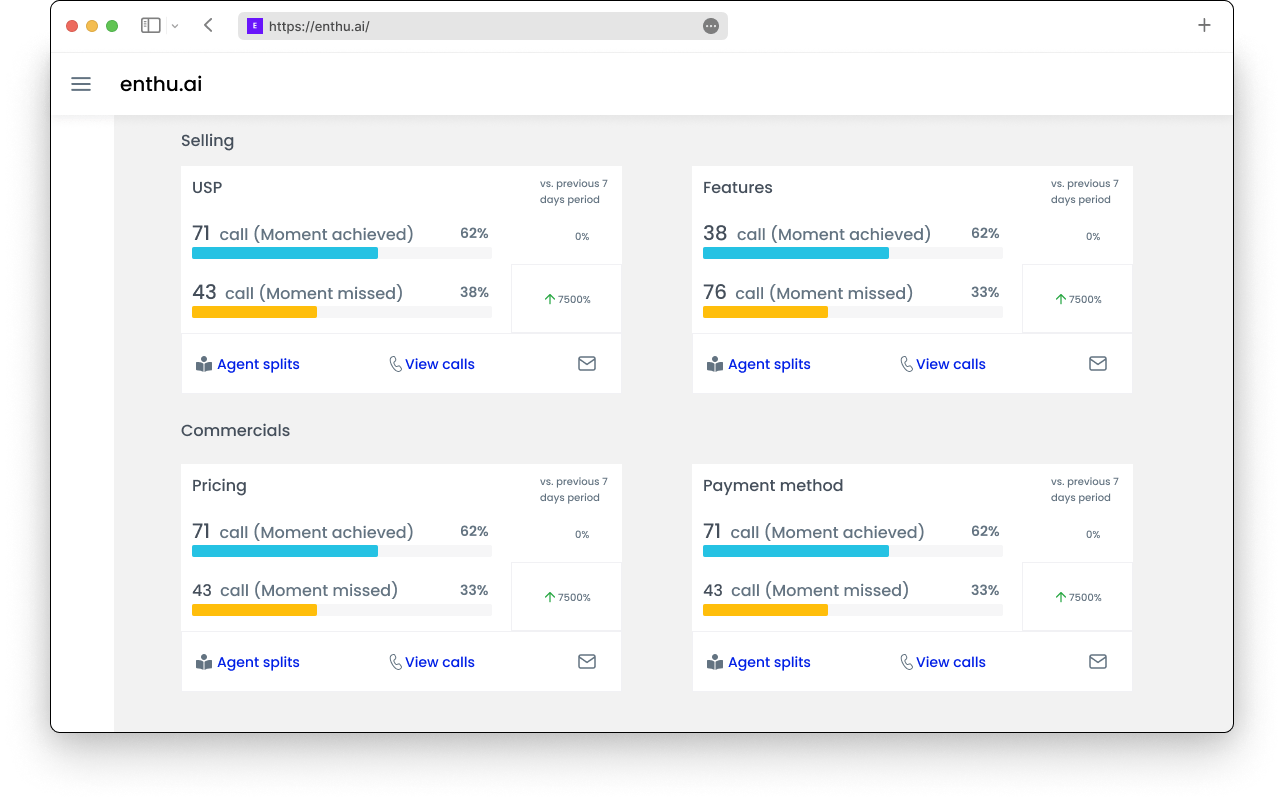
3. Optimizing operational efficiency
Incorporating post-call analysis into your call center operations provides robust tools for enhancing efficiency.
This technology extracts essential performance metrics like call durations and hold times, enabling effective call monitoring and improvement of these indicators.
Post-call analysis empowers you to make informed decisions that result in more efficient processes and improved customer service outcomes.

4. Getting valuable customers’ insights
Post call analysis helps you gain valuable insights into customers’ needs, preferences, and pain points.
Contact center analysis tools can more effectively understand emerging customer demands by using machine learning to identify trends and analyze root causes.
This information is crucial for developing targeted marketing strategies, enhancing products and services, and making operational improvements that meet customer expectations and drive satisfaction.
5. Simplifying the compliance process
Post call analysis helps simplify the compliance process for you by automatically identifying potential issues during customer interactions.
Using intelligent call analytics, keywords and phrases indicating non-compliance are flagged in real time.
This ensures that agents adhere to regulatory protocols, such as safeguarding card and personal information.
Automating these checks can protect your business, agents, and customers while saving time and resources.
This efficiency allows management to focus on strategic initiatives that support long-term growth and success.
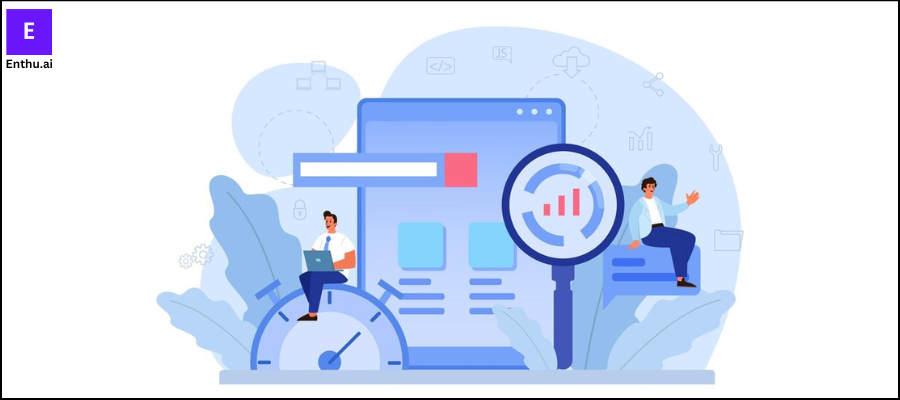
6. Driving sales and revenue
Post call analysis enhances sales and revenue by identifying upsell opportunities and optimizing sales techniques through customer interaction insights.
It helps track sales metrics, like conversion rates, to refine strategies and maximize sales effectiveness.
Understanding customer preferences allows tailored sales approaches, fostering engagement and loyalty.
Real-time data aids in monitoring performance and adapting strategies swiftly to market trends, ensuring proactive sales management.
D. Improve your customer service with post call analysis from Enthu.AI
Enthu.AI is one of the leading tools that offer a comprehensive post call analytics solution for contact center, integrating conversation intelligence and speech analytics to provide deep insights into customer interactions.
Enthu.AI helps contact centers streamline their call analysis, leading to improved service quality, operational efficiency, and increased sales performance.
Key features of Enthu.AI:
- Conversation intelligence: Analyzes every call to extract meaningful insights and trends.
- Call monitoring: Allows supervisors to listen to live calls or recordings to assess agent performance, adherence to scripts, and customer interactions in real time.
- Sentiment analysis: Utilizes advanced algorithms to analyze customer emotions and satisfaction levels during calls.
- Speech analytics: Uses advanced algorithms to understand customer sentiment and agent performance.
- Quality assurance: Automates the call evaluation process, ensuring consistency and accuracy.
- Sales coaching and training: Identifies areas where agents can improve and provide personalized coaching plans.
- User-friendly interface: Easy to navigate and use, making it accessible for all team members.
- Reporting : Generates detailed reports summarizing key metrics, trends, and performance indicators derived from call analytics.
Conclusion
Post-call analysis will still be essential in 2025 for contact centres looking to attain operational excellence and provide great customer service.
Contact centres may ensure high customer satisfaction and company success by continually improving their performance by utilizing post-call analysis.
Using Enthu.AI or other similar solutions, integrate post-call analysis into your contact center operations.
Artificial Intelligence is revolutionizing customer service quality.
Through the use of cutting-edge technology like voice analytics, sentiment analysis, and conversation intelligence, you may obtain a profound understanding of customer interactions and make significant changes throughout your company.
FAQs
1. What is post call analysis?
Post call analysis is the process of reviewing and analyzing customer interactions after the call to evaluate performance, identify improvement areas, and gather actionable insights using tools like conversation intelligence and speech analytics.
2. How does post call analysis differ from pre-call analysis?
Pre-call analysis focuses on preparing for the call by researching customer history and planning the approach, while post call analysis evaluates the interaction after the call to improve future performance.
3. Why is post call analysis important for contact centers?
Post call analysis is crucial for enhancing customer service quality, improving agent performance, providing actionable insights, streamlining operations, and driving sales and revenue through targeted coaching and training.
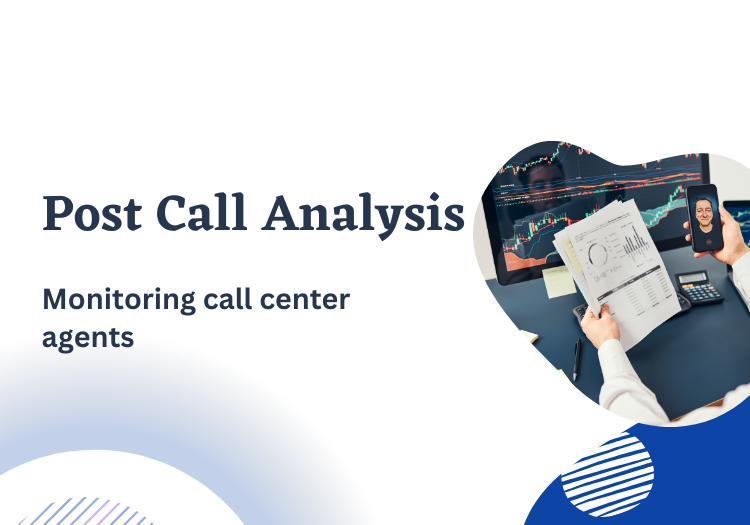



 On this page
On this page
